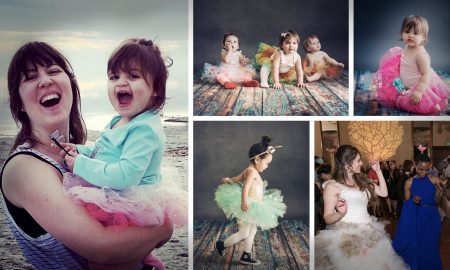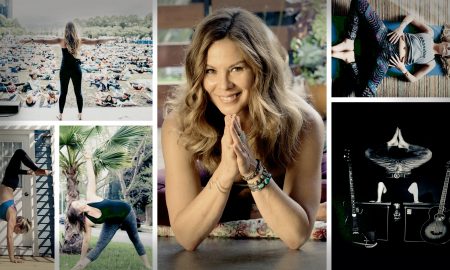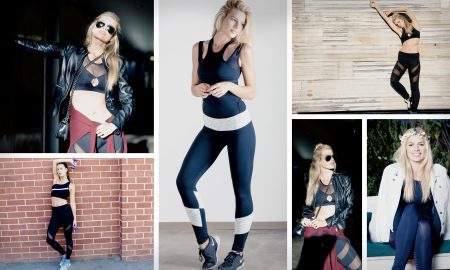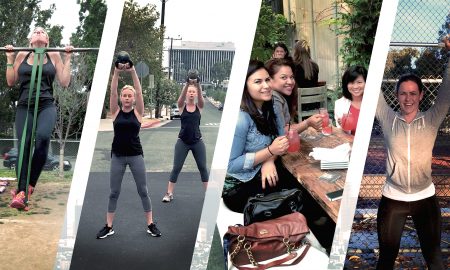

Today we’d like to introduce you to Austyn de Lugo.
Austyn, please kick things off for us by telling us about yourself and your journey so far.
My mom has been a life-long art student, and so the arts have always been valued in my family growing up. I was always drawing as a child, and that interest was encouraged and invested in by my parents with drawing classes and supplies.
I never considered a career in the arts, but after spending my late teens and early-20s in community college classes trying on different fields of study (political science, feminist studies, theater, sociology, and art history to name a few), I ended up deciding that art school was what I wanted to do.
I moved from Orange County to Chicago and attended the American Academy of Art, where I earned my BFA in oil painting. The Academy focused very specifically on technical ability and realism, but I was not conceptually challenged much during my time there. In fact, I think the more important education I got at that time was the time I spent in Chicago forming bonds with queer friends at the gay bars in Boystown and at house parties with the local Autostraddle group.
After undergrad, I moved back to Los Angeles and enrolled in an MFA program at Otis College of Art and Design. In grad school, I worked with a tight-knit group of faculty and classmates. I started to experiment with artwork beyond just drawing and painting and became extremely interested in collage and installation. This is was during the 2016 presidential election, and I became very interested in how political imagery functioned—especially in relation to bodies that are not coded as male or heterosexual.
After grad school, I continued to work in collage and installation and began to also work in textiles. I have started teaching art to children as well, and consider education to be a part of my current artistic practice.
Can you give our readers some background on your art?
I primarily work in collage. Frequently, I work with overtly political images of political or historical figures. Hillary Clinton has been a go-to subject of mine and is the one I return to most often, but I also have an ongoing series working with First Lady portraiture. When working with those images, I cut away at the image, like a dissection, and fill the image with flowers (almost always pansies). I am interested in leaving just enough of the original image to give the viewer a sense of how the original image functioned.
During a summer artist residency in Mexico City, I also taught myself to sew and began hand-stitching large “quilts” which are more like fabric collages. They have a similar aesthetic to the paper collages (loud, unruly colors and fragmented images), but I allow for some more whimsical images—dogs, drag queens, nude men (but still a Hillary every now and then).
In addition to the paper collage and textile works, drawing and painting still make up a big part of my practice. I am interested in portraiture in many different forms, and I still love to have a live model sit for a painting.
I think a productive way to enter my work is to understand the ethos around it. The works do not always seem to look alike, especially as they cross-media, but I think they retain certain queer values. My works embrace the iconic, the flamboyant, the tawdry, and the superficial. They frequently veer toward the celebratory, often times crossing the line toward euphoric (almost orgasmic) joy. I believe that engaging with surface, can yield just as much (more) critical thought than an artwork that requests that a viewer “dig deeper.”
What would you recommend to an artist new to the city, or to art, in terms of meeting and connecting with other artists and creatives?
The best decision I ever made was to go to grad school. I made connections there to a community of artists, but through my peers and through a faculty that continues to offer support and guidance. I highly recommend that for anyone who has access.
If that’s not an option, make sure your day job is somewhere you are surrounded by creative people.
What’s the best way for someone to check out your work and provide support?
The main place to view current work is on Instagram @austynshambles
I also sell tee shirts and prints at my online TeePublic store.
https://www.teepublic.com/user/austyndelugoart
And lastly, let people know about my classes at the Armory Center for the Arts and the Brentwood Art Center!
Contact Info:
- Phone: 3128607585
- Email: [email protected]
- Instagram: https://www.instagram.com/austynshambles/







 Image Credit:
Image Credit:
All images by me
Getting in touch: VoyageLA is built on recommendations from the community; it’s how we uncover hidden gems, so if you know someone who deserves recognition please let us know here.



















